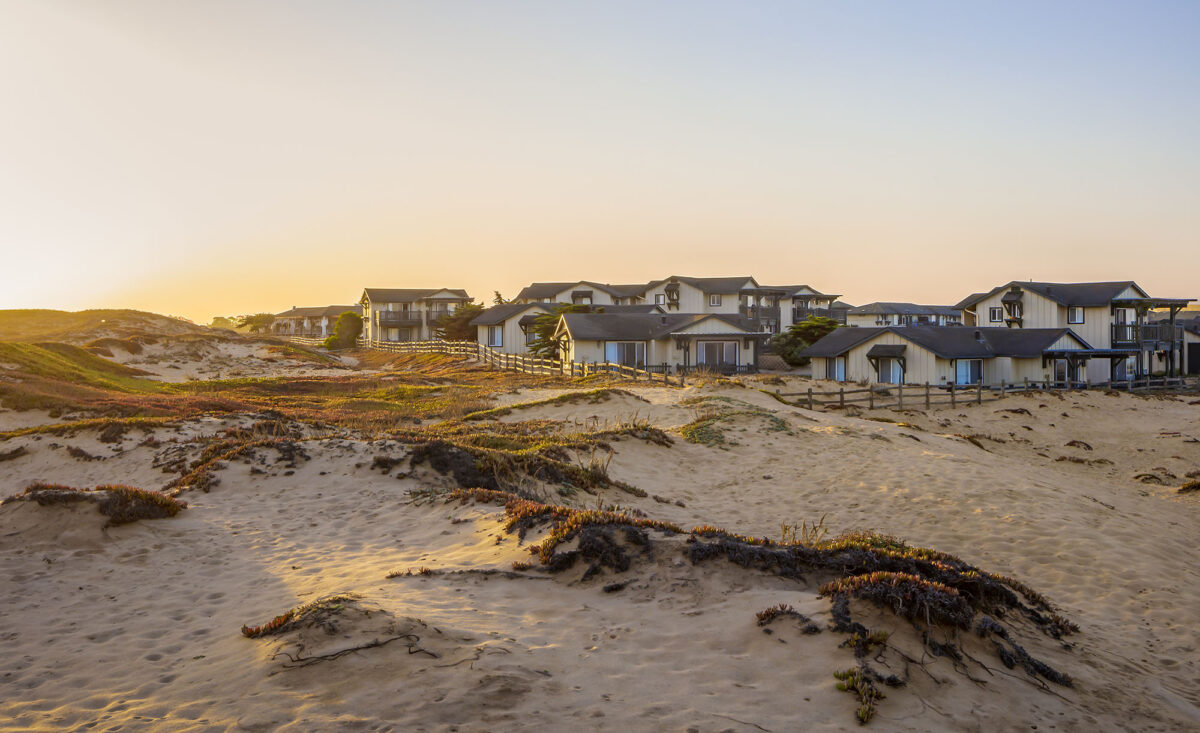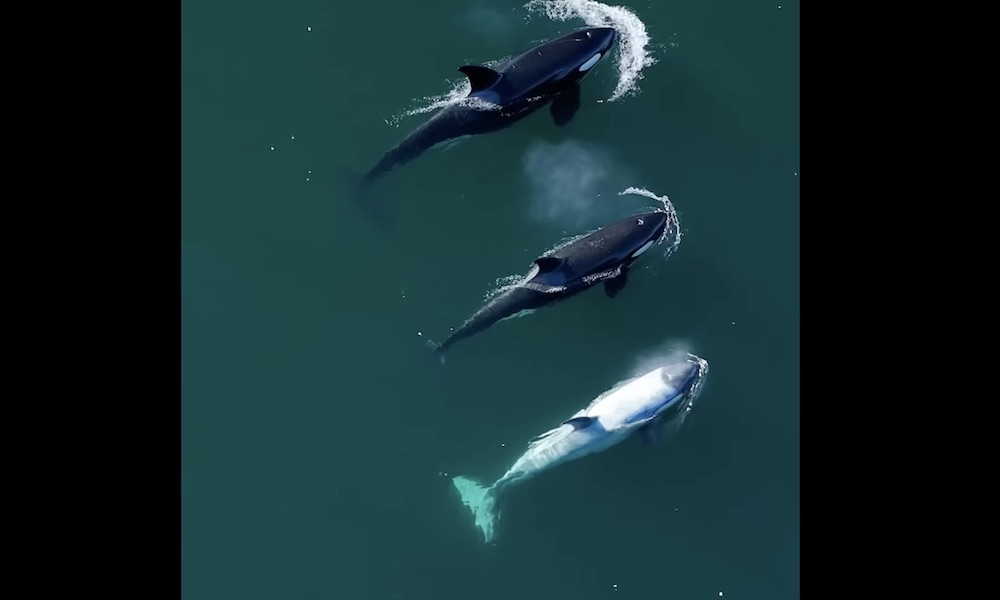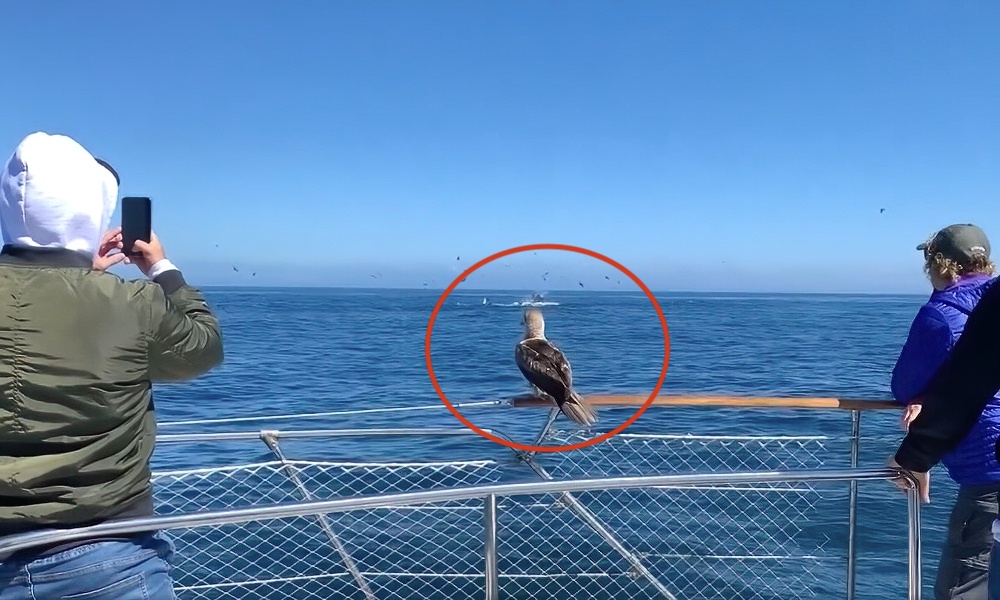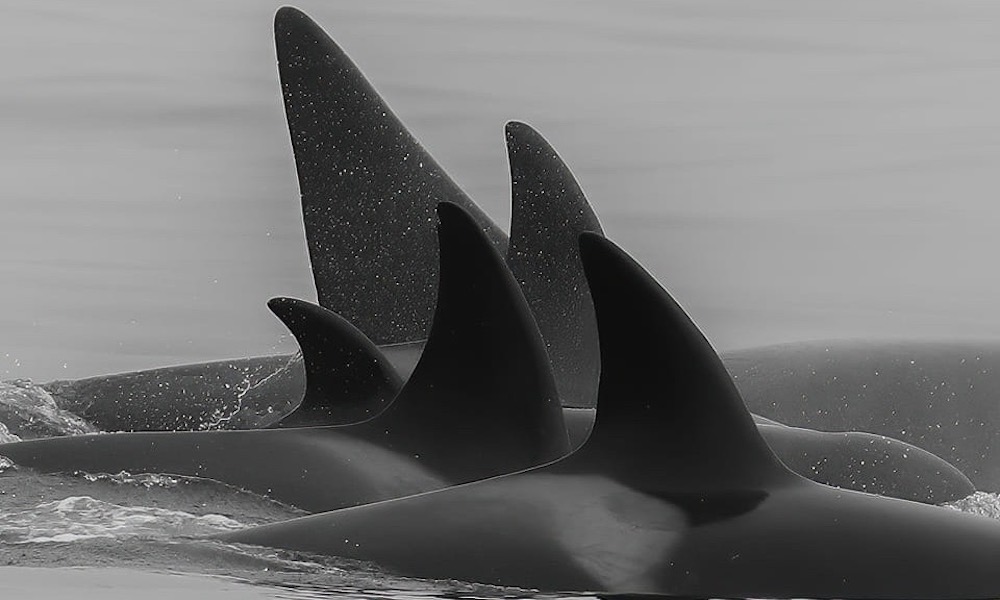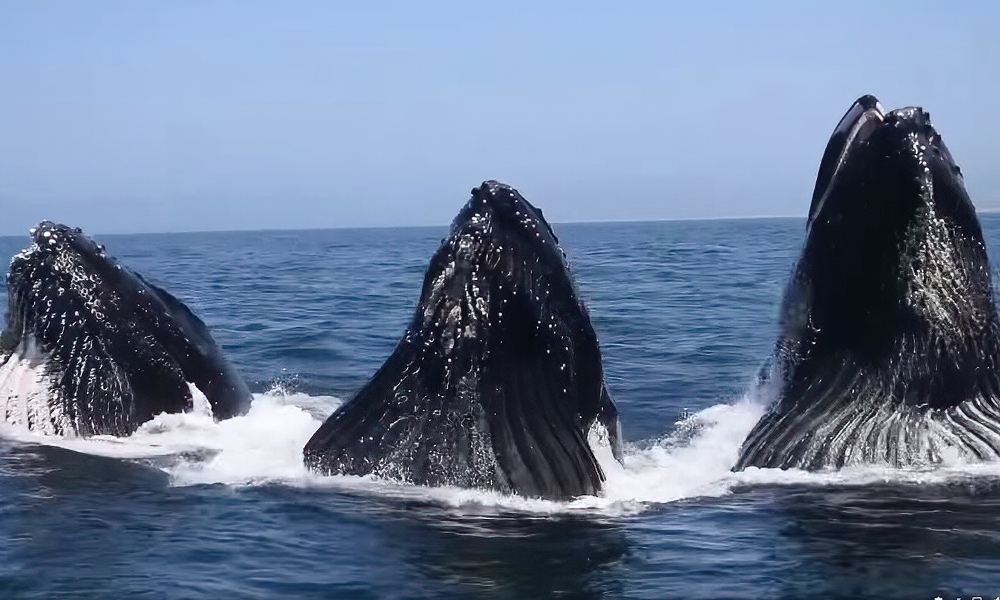Earlier this week we shared footage showing an orca “punting” a seabird nearly 20 feet into the air in California’s Monterey Bay.
While impressive, the scene was reminiscent of a more astonishing event documented nine years ago, involving an orca that used its flukes to fling a harbor seal at least 70 feet skyward.
The accompanying images were captured off Port Angeles, Wash., by Alisa Schulman-Janiger, a California-based killer whale researcher.
https://www.facebook.com/alisa.schulmanjaniger/posts/6547668058675012?ref=embed_post
“It’s still the most astounding thing I’ve seen,” Schulman-Janiger, co-founder of the California Killer Whale Project, told FTW Outdoors in 2023. “A momentous moment in my life.”
The event was also captured on video and the footage is posted below. The video description places the height of the seal at 80 feet.
https://www.facebook.com/watch/?v=478672815636888
The male orca belongs to a family scientifically cataloged as the TO69s. The standout punter is TO69C, who was about 20 years old at the time.
The orca shown “punting” the common murre last Saturday is part of a family unit cataloged by the California Killer Whale Project as the CA51As, led by the matriarch, nicknamed Aurora.
Schulman-Janiger said those orcas were honing their skills for when it’s time to hunt seals or sea lions.
“They’re practicing for the pinnipeds when they do this,” she said. “They might smack them with their heads or flukes, but the big thing is to use their flukes to throw them into the air so they’ll be stunned when they come down.”
